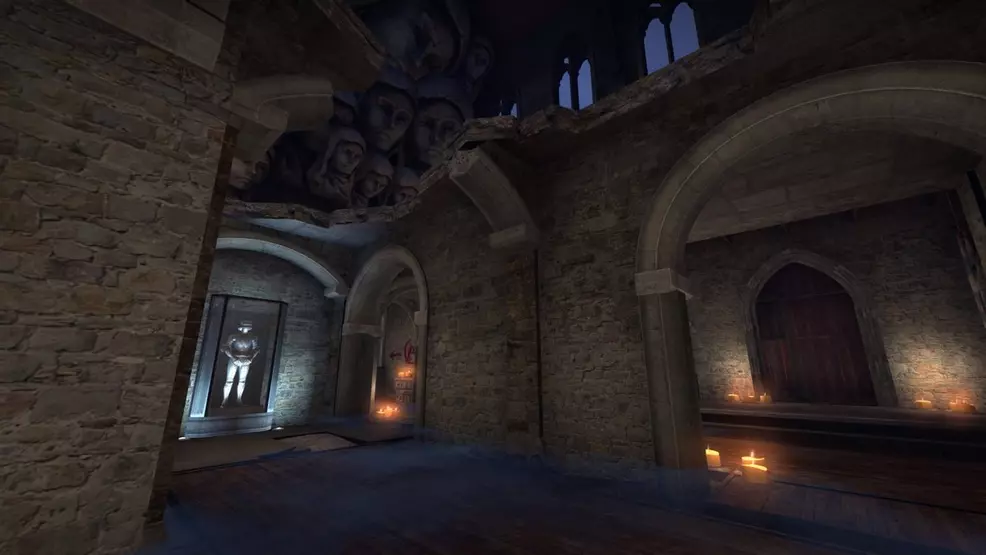79tka Insights
Your go-to source for the latest news and information.
Cobblestone Chronicles: Unraveling the Secrets of CSGO's Most Enigmatic Map
Discover the hidden secrets of CSGO's most enigmatic map, Cobblestone! Unravel strategies and lore that elevate your gameplay. Dive in now!
5 Hidden Secrets of Cobblestone: What Every CSGO Player Should Know
When it comes to mastering Cobblestone in CSGO, understanding the map's layout and key areas is essential. One of the first hidden secrets is the strategic importance of the site placements. For example, the A site features multiple advantageous positions such as the 'balcony' and 'drop' that can leave enemies vulnerable. As CSGO players explore Cobblestone, they often overlook the 'long A' area, which can be a prime spot for ambushes, particularly during the initial rounds when teams are economically constrained.
Another crucial aspect worth noting is the unique verticality that Cobblestone offers. Many players fail to utilize the map’s high grounds effectively, allowing enemies to dominate the battlefield. By mastering the wing and platforms on both bomb sites, players can gain a critical height advantage over their opponents. Additionally, if you take the time to learn the **smoke and flashbang** locations, they can significantly enhance your team's effectiveness during push strategies. Keeping these hidden secrets in mind can elevate your gameplay, giving you the edge needed to outsmart your opponents.

Counter-Strike is a popular multiplayer first-person shooter that pits teams against each other in various objective-based scenarios. Players can enhance their gameplay experience with custom configurations, including csgo chat binds that enable quicker communication and strategic coordination with teammates.
Mastering Cobblestone: Tips and Tricks for Navigating CSGO's Most Mysterious Map
Mastering Cobblestone requires a keen understanding of its unique layout and strategic points. As one of the most mysterious maps in CSGO, it presents players with various challenges and opportunities. To start, familiarize yourself with key areas such as long A, dragon, and the upper tunnels. Knowing the locations of common hiding spots can give you an edge in engagements. Additionally, practice your movement and aim in these areas to dominate your opponents.
Another essential tip for navigating this map is to utilize communication with your team effectively. Share information about enemy positions and coordinate your strategies to capitalize on Cobblestone's vastness. Implementing a solid buy strategy that accommodates your team's economy will also enhance your performance. Remember to utilize grenades wisely, as they can significantly impact control over critical chokepoints. Embrace these tricks, and you'll soon find yourself mastering Cobblestone like a pro!
Is Cobblestone the Most Underrated Map in CSGO? An In-Depth Analysis
When discussing the best maps in Counter-Strike: Global Offensive (CSGO), Cobblestone often flies under the radar, overshadowed by fan favorites like Dust II and Mirage. However, this unique map offers a rich blend of tactical gameplay and dynamic environments that can cater to a wide variety of playstyles. With its expansive areas and intricate pathways, Cobblestone provides a level of strategic depth that can easily lead to engaging matches in competitive play. Yet, despite its potential, many players still regard it as a relic rather than a map that deserves fresh consideration.
One of the standout features of Cobblestone is its ability to support both aggressive and defensive strategies. The map's architecture includes a mixture of open spaces and tight corners that allows players to employ different approaches to achieve victory. For instance, the ability to utilize smoke grenades and tactical positioning effectively can grant a significant advantage. Additionally, the tactile feel of running through the cobblestones, combined with a rich backstory linked to the game’s lore, makes it an aesthetically pleasing choice for players who appreciate a deeper narrative. Thus, despite its diminished reputation, Cobblestone can indeed be seen as the most underrated map in CSGO, offering a unique experience that rewards skill and strategic thinking.